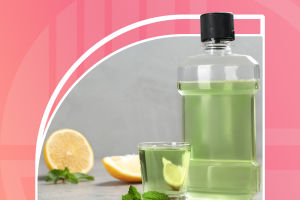In general, the world's water resources are becoming increasingly scarce.
But because the natural, economic, and environmental conditions vary greatly from country to country, the problems they face and the measures they take also vary.
Several ways of irrigation
1. Diffuse irrigation
Diffuse irrigation involves digging ditches, formerly by hand, later by livestock, tractors, and later the most advanced machinery with laser ranging, depending on economic and geographical conditions.
Such as the size of the geographical area to be irrigated, what technologies are available, labor costs, etc.
Plants are grown in rows in bays and furrows or in seedbeds, and water enters the field along channels and flows along the edges of the furrows or seedbeds.
Water can also be diverted in the field with hard plastic or aluminum pipes, irrigated with holes in the pipes at intervals, and connected to the channels with siphons.
However, diffuse irrigation has been gradually phased out in developed countries because it is more wasteful of water, requires more labor, and tends to raise the water table and therefore salinize the soil.
But because only a small amount of capital and technology is required, it is still widely used in most developing countries.
2. Sprinkler irrigation
Sprinkler irrigation is a pipeline to send water to the sprinkler head located in the field to spray out, there is a difference between high pressure and low pressure, can also be divided into fixed and mobile types.
Fixed sprinklers are installed in a fixed place, some sprinklers are installed at the height of the ground surface, mainly used in places where aesthetics are needed, such as golf courses, horse racing meadows irrigation, parks, cemeteries, etc.
The disadvantage of sprinkler irrigation is that a lot of water will be lost due to evaporation, especially in windy weather, and it is not easy to irrigate the entire irrigated area evenly, and water left on the foliage is easy to causes the reproduction of mold.
And if there is fertilizer in the irrigation water, it will cause foliage burns in hot and sunny weather.
3. Micro-sprinkler irrigation
Micro-sprinkler irrigation is the use of refraction, rotation, or radiation micro-sprinkler will be evenly sprayed with water on the crop branches and leaves and other areas of irrigation form, under the category of micro-irrigation.
Micro-sprinkler irrigation with low working pressure and a small flow rate can increase soil moisture regularly and quantitatively.
But also can improve air humidity and regulate local microclimate, which is widely used in vegetable, flower, orchard, and herb planting sites, as well as cutting seedlings, feeding sites, and other areas of humidification and cooling.
4. Drip irrigation
Drip irrigation is a form of irrigation in which water is dripped drop by drop, evenly and slowly into the soil near the plant roots, with small drip flow and slow entry of water drops into the soil, which can minimize evaporation loss. Under drip irrigation, soil moisture is in a non-saturated state except for the soil moisture immediately below the drip head which is in a saturated state.
However, if the drip irrigation time is too long, soaking may occur under the root system, so drip irrigation is generally done by high-tech computer manipulation, but also by manual operation.
Drip irrigation with low water pressure and water conservation can be used to irrigate each plant separately for areas where different plants are growing, but for sloping land, there is a need for pressure compensation, which can be controlled with a computer relying on adjusting the valves in different lots.
The key is to control the adjustment pressure and remove particulate matter from the water to prevent blocking the drip holes.
Water delivery is usually done with plastic pipes, which should be black or covered under mulch to prevent the growth of algae and also to prevent the pipes from deteriorating due to UV exposure.
Drip irrigation can also be done with porous ceramic pipes buried in the ground, but it is more expensive and is only sometimes used for turf and golf courses.


